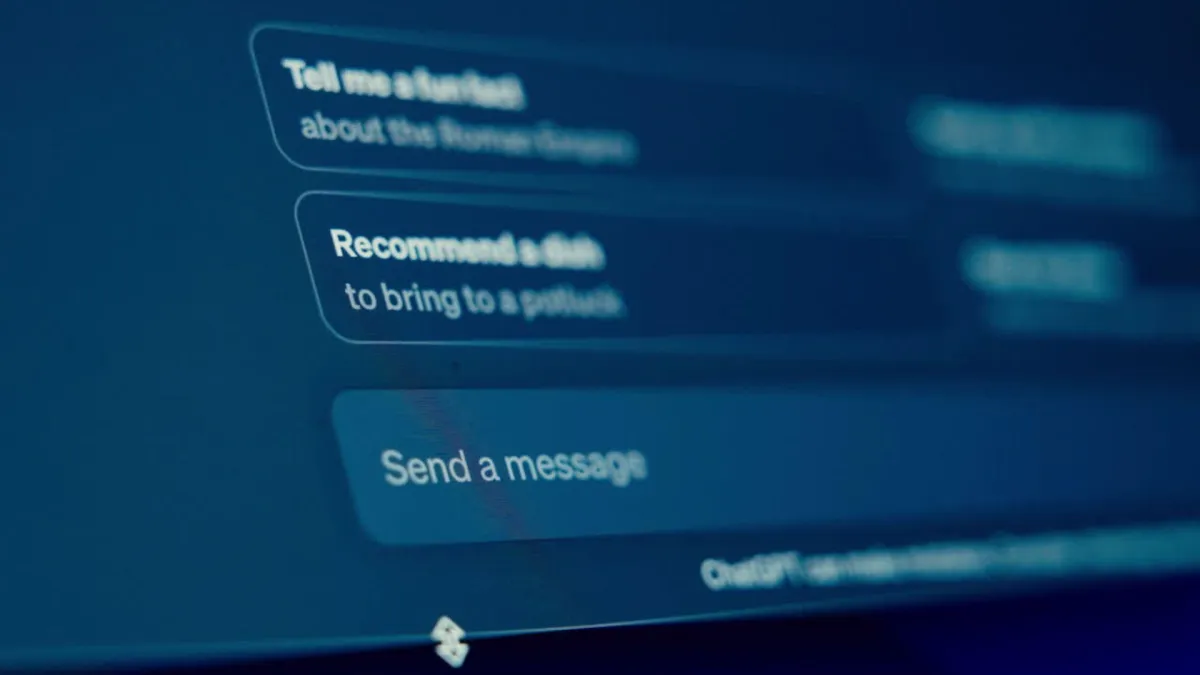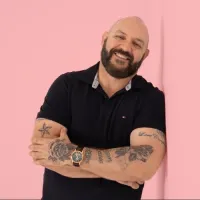I'm Dante.
I help business owners, solopreneurs and organisations do better with today's technology and ways of doing things.

I promised to never allow myself to be reliant upon a single, vulnerable income source ever again.
After spending thirteen and a half years working in a national radio network as a presenter, writer, online developer, content creator and manager, I was promptly told that I could either resign and take a payout - or the company would make life hell for me until they had time to invent an excuse to fire me.
After all that time, I was out of practice at learning new things and was convinced that I was unemployable and too old at forty to start a new career. I was very wrong.
I started my own web and social media agency on the Gold Coast in 2017, took a job in Darwin selling television ads, moved my life up north for the fourth time since 2003, put my tail between my legs and tried my luck.
The move paid off.
I grew my digital creative agency in to a client list that I sold for enough to clear my debts in 2022.
I kept the name and converted it to a digital skills training business that has contracts with two of Australia's biggest companies, three state/territory governments and the biggest social media company in the world.
Then I split out a public speaking training business from it in late 2022.
I bought a failing cafe in North Queensland in 2020 during the pandemic for $18,000 that now makes $1.7 million a year.
I bought another North Queensland cafe in 2021, and another in 2022.
The cafe group is on track to bring in over $3 million in 2025.
I just bought into a NSW country menswear store group that I am reinventing into community destinations and hubs for people to meet, talk and collaborate.
By the end of 2026, it will be grossing $3.5 million.
I have been the Chair of a 450-member business network.
I am the Chair of Darwin City Retailers Association.
I am one of just five trainers contracted by Meta (Facebook) Australia & New Zealand.
I was awarded Top Voice status on LinkedIn in 2024.
I contract to Darwin Innovation Hub supporting startups and growing a thriving entrepreneurship community.
I am a trainer for the Public Sector Network across Australia and New Zealand.
Breaking away from the dangers of full-time-employment has given me a life that I could not have imagined.
I'm not filthy rich and I don't really want to be.
But I have freedom to choose, move and act.
The freedom to work the hours I want for the people I want on the things I want and in the places I want.
It's not a life that everyone wants. But it's the life I want.
And that's what I want to help others to do.
Because only business can save the world. But first, business needs to start, grow and sustain itself.
And that's what I'm here to help with.
Latest from The Saturday Sprint

How to get better results from ChatGPT in 2025
How to Get Better Results from ChatGPT in 2025
Getting the most out of ChatGPT is all about knowing how to talk to it effectively. Let's break down how to do this in simple terms, focusing on what really works.
Understanding the Basics
When you ask ChatGPT a question, the way you ask matters a lot. Think of it like talking to a very smart friend who wants to help but needs clear directions. If you've ever gotten confusing or unhelpful answers, it's probably because the question wasn't specific enough.
Let's walk through a simple process that will help you get better results, using a bakery business as an example.

1. Start with a Clear Goal
Before asking ChatGPT anything, know exactly what you want to achieve. For example, instead of saying "I want more customers," you might say "I want to attract more local customers to my bakery through social media." The clearer your goal, the better ChatGPT can help you.
2. Know Your Audience
Tell ChatGPT who you're trying to reach. Instead of just saying "customers," be specific: "I want to reach young professionals who care about healthy eating and are willing to pay more for quality baked goods."
3. Set Clear Targets
Include specific numbers and timeframes in your requests. For example: "I want to increase my bakery's Instagram followers from 500 to 1,000 in the next three months." This helps ChatGPT give you more practical advice.
4. Explain What Makes You Special
When asking for marketing help, tell ChatGPT what makes your business unique. For example: "My bakery uses organic ingredients and natural sweeteners, and we specialize in gluten-free options."
5. Choose Your Marketing Channels
Tell ChatGPT which platforms you want to use. For instance: "I want to focus on Instagram and email marketing to reach my customers." This helps it give you targeted advice for those specific platforms.
Making Your Request More Effective
Here's how to structure your requests to ChatGPT:
- Start with context: "I run a small bakery in Seattle..."
- Explain your situation: "We're currently getting most customers through word-of-mouth..."
- State your goal: "I want to attract more customers through social media..."
- Ask specific questions: "What types of Instagram posts would work best for my bakery?"
Real-World Example
Instead of asking:
"How can I market my bakery?"
Try asking:
"I run a health-conscious bakery in Seattle specializing in gluten-free treats. My target customers are health-conscious professionals aged 25-40. Can you help me create a month's worth of Instagram post ideas that would appeal to this audience and highlight our unique healthy ingredients?"
Tracking Your Progress
When asking ChatGPT for help with planning, always include how you'll measure success. This might include:
- Number of new followers
- Website visits
- Customer sign-ups
- Sales increases
Budget Planning
When discussing marketing plans with ChatGPT, be clear about your budget. For example: "I have $500 per month to spend on marketing. How should I divide this between Instagram ads and influencer partnerships?"
Handling Potential Problems
Ask ChatGPT to help you plan for things that might go wrong. For example: "What should I do if my Instagram engagement drops?" or "How can I adjust my marketing if sales are slow during certain seasons?"
Taking Action
After getting advice from ChatGPT, create a simple action plan:
1. Set dates for when you'll start and finish each task
2. Decide who will handle different parts of the plan
3. Gather everything you need (photos, text, etc.)
4. Schedule regular check-ins to see how things are going
Tips for Better Results
- Be specific about your industry and experience level
- Ask for examples when you need them
- Request step-by-step instructions for complex tasks
- If you don't understand something, ask for clarification
- Break big requests into smaller, more focused questions
Making Adjustments
Remember that you can always come back to ChatGPT to adjust your plan. If something isn't working, explain what happened and ask for new ideas. For example: "The Instagram strategy you suggested isn't getting much engagement. Based on these results [describe results], what should I try instead?"
Final Thoughts
The key to getting great results from ChatGPT is being clear, specific, and organized in your requests. Think of it as a conversation where more detail leads to better advice. Start with your goals, provide context about your situation, and ask focused questions.
Remember that ChatGPT is a tool to help you think through problems and generate ideas. The more information you provide, the more tailored and useful its responses will be. Don't be afraid to ask follow-up questions or request clarification if you need it.
Practice making your requests more specific and detailed, and you'll notice a big improvement in the quality of answers you get. Whether you're working on marketing, content creation, or business strategy, taking the time to craft clear, detailed prompts will help you get much better results from ChatGPT.
The Confidence to try new things.
The Skills to get things done.
The Drive to Innovate.
The Strategy to Succeed.
Start Here.
Your email is not shared with anyone and will not be used to send you anything apart from my newsletter.
Australian Digital Education & Retail Group Pty Ltd
ACN: 683428882
PO Box 36078 Winnellie NT 0820 Australia
Messsage Service: +61 440 137 779


